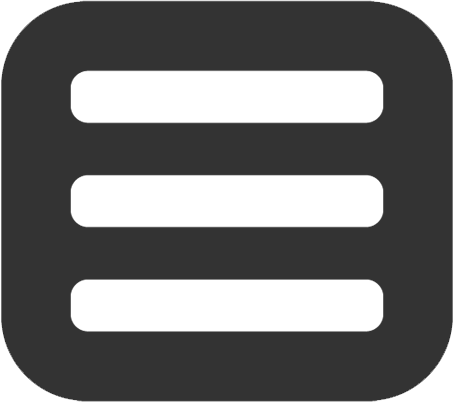上一篇:托福备考第32天——TPO听力材料分析(TPO2)(五)
读写并高亮后的结果:
Listen to part of lecture in an astronomy class. You will not need to remember the number the professor mentions.
Professor: OK, let's get going. Today I'm going to talk about how the asteroid belt was discovered. And .. l'm going tostart by writing some numbers on the board. Here they are: We'll start with zero, then 3,..6...12. Uh, tell me what l'm doing?
Female student: Multiplying by 2?
Professor: Right, l'm doubling the numbers, so 2 times 12 is 24, and the next one l'm going to write after 24 would be...
Female student: 48.
Professor: 48, then 96.We'll stop there for now.Uh, now l'll write another row of numbers under that.Tell me what l'm doing. 4,7,10 ...How am l getting this second row?
Male Student: Adding 4 to the numbers in the first row.
Professor: I'm adding 4 to each number in the first row to give you a second row. So the last two will be 52,100, and now tell me what l'm doing.
Female Student: Putting in a decimal?
Professor: Yes, l divided all those numbers by 10 by putting in a decimal point. Now I'm going to write the names of the planets under the numbers. Mercury..Venus...Earth ..Mars. So, what do the numbers mean? Do you remember from the reading?
Male Student: ls it the distance of the planets from the Sun?
Professor: Right, in astronomical units—not perfect, but tantalizingly close. The value for Mars is off by ...6 or 7 percent or so.lts ..but it's within 10 percent of the average distance to Mars from the Sun. But l kind of have to skip the one after Mars for now.Then Jupiter's right there at 5-point something, and then Saturn is about 10 astronomical units from the Sun. Um, well, this pattern is known as Bode's Law.
Um, it isn't really a scientific law, not in the sense of predicting gravitation mathematically or something, but it's attempting a pattern in the spacing of the planets, and it was noticed by Bode hundreds of years ago. Well, you can imagine that there was some interest in why the 2.8 spot in the pattern was skipped, and um ...but there wasn't anything obvious there, in the early telescopes. Then what happened in the late 1700s? The discovery of ..?
Female Student:Another planet?
Professor: The next planet out, Uranus—after Saturn. And look, Uranus fits in the next spot in the pattern pretty nicely,um, not perfectly, but close. And so then people got really excited about the validity of this thing and finding the missing object between Mars and Jupiter. And telescopes, remember, were getting better. So people went to work on finding objects that would be at that missing distance from the Sun, and then in 1801, the object Ceres was discovered.
And Ceres was in the right place-—-the missing spot. Uh, but it was way too faint to be a planet. lt looked like a litle star.Uh, and because of its starlike appearance , um, it was called an "asteroid." OK? "Aster" is Greek for "star," as in“astronomy." Um, and so, Ceres was the first and is the largest of what became many objects discovered at that same distance.Not just one thing, but all the objects found at that distance from the asteroid belt. So the asteroid belt is the most famous success of this Bode's Law. That's how the asteroid belt was discovered.
简析:
本lecture介绍了小行星带是如何被发现的。professor通过列举一些数字以及一些规律来说明了Bode's law,并引申用Bode's law发现了天王星、谷神星,以及小行星带。Planet和asteroid的本质的区别还是大小问题,天文学上,先是发现了像金星、水星、火星这样的行星,然后随着telescope的进步而发现了些微弱的、不能称之为Planet的天体,于是赐名asteroid。而由于Bode's law的可行性,天文学家们又发现了小行星带。
小行星之所以难以被发现,是因为它们的光实在太弱了,在1700s代的望远镜不足以观测到它。
不熟悉的单词:
- asteroid belt 小行星带
- Mercury 水星
- Venus 金星
- astronomical units 天文单位
- tantalizingly 诱人地
- Jupiter 木星
- Saturn 土星
- pattern 方式
- Bode's Law 波特定律
- Uranus 天王星
- validity 有效性
- Ceres 谷神星
- faint 微弱的,不清楚的;微小的;可能性不大的;不热情的;不积极的
- asteroid 小行星
- derive (使)起源;(使)产生;获得;取得;得到
- alternative 可供选择的;可供替代的;非传统的;另类的
- contrast 对比
值得注意的表达方式:
- but tantalizingly close 但非常接近
- it was way too faint to be a planet 太微弱了,无法成为一个星球

